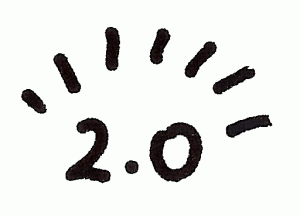So if you represented a nonprofit organization that provided services to individuals and were looking to grow your organization’s sphere of influence, increase user interaction and engagement, and at the same time gather demographic information about your users by using a new tool, would you present it to your boss/supervisor/managers? What if it didn’t cost you anything to implement, besides time to plan and maintain your organizational message? What if you knew you could recruit others in your organization to help you with the workload, as mentioned, whereby the additional work would be negligible? You would do it right??!!! OF COURSE YOU WOULD!
This is exactly what is happening with libraries throughout the United States. A great number of libraries are creating organizational accounts on Google+, since Google only recently made its social networking platform available for this. David Rapp of the Digital Shift blog describes the use of this new service for libraries in his post Libraries on Google+. Accordingly, since the inception of Google+ in June of 2010, over six months ago, there are now 40 million individual using it, and libraries are now signing up in the same fashion and at a comparable rate to create their own organizational accounts.
Continue reading




